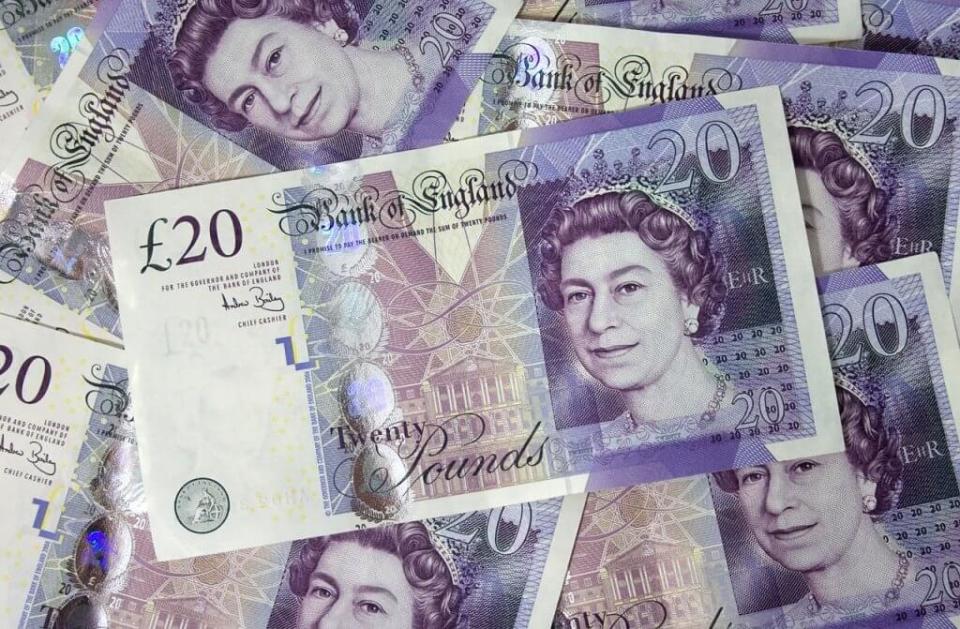What’s wrong with Modern Monetary Theory (MMT)?

Before we dive into this “new” monetary model applied to capitalist economies, I would like to make a note and explain why I’m so against this way of conducting monetary policy and why I don’t think this is actually a new model, but simply the statement fiat-currencies are bound to explode. A few years ago, it was understood by most economists that boom-burst cycles were associated with the quantity of money circulating in an economy. Inflation and growth go hand-in-hand so despite the quantity of money increasing, the economy isn’t necessarily growing. Interestingly, it seems we forgot about this core concept somewhere along the way. If not, what’s happening with most, if not all, first-world economies? Why are governments allowing private
The post What’s wrong with Modern Monetary Theory (MMT)? appeared first on Coin Rivet.
Before we dive into this “new” monetary model applied to capitalist economies, I would like to make a note and explain why I’m so against this way of conducting monetary policy and why I don’t think this is actually a new model, but simply the statement fiat-currencies are bound to explode.
A few years ago, it was understood by most economists that boom-burst cycles were associated with the quantity of money circulating in an economy. Inflation and growth go hand-in-hand so despite the quantity of money increasing, the economy isn’t necessarily growing.
Interestingly, it seems we forgot about this core concept somewhere along the way. If not, what’s happening with most, if not all, first-world economies? Why are governments allowing private institutions to keep minting more currency, if that is the reason it self-destructs?
Achieving a sound-money economic cycle
If you’re wondering why the US hasn’t suffered a massive hyper-inflation, it’s because there’s plenty of US dollars stuck in foreign economies and financial assets (like bonds). Meaning, a great deal of the currency is not being traded on US soil.
Now, imagine what happens when foreign countries lose just some of their trust in the current system. What happens, then, to the world economy? Will it collapse into a new global fiat-currency? Will we go back to the gold standard? Or will we simply move into the easiest form of money it exists today: Bitcoin?
One thing is certain: the Modern Monetary Theory (MMT) is bound to accelerate our transition into a sound-money economic cycle.
Let’s look into what MMT is and how it works so you can form your own opinion on this theory.
What’s MMT and how does it work?
In a nutshell, Modern Monetary Theory espouses three basic tenets:
The government has a monopoly over the issuance of national currency
Unlike households or companies, the government does not have a budget constraint. It can never run out of money to spend because it can print money
The only limit to the government’s spending power kicks in when it generates excessive inflation.
Imagine a world where governments create as much money as they want and use said money as they rightfully want. To build infrastructures, like hospital and schools. To pay public employees. To keep the economy constantly booming by adding or retracting money from the economy itself.
You know, much like what happens today without the constraint of calling “public debt”, public debt. A simpler way to create money constantly, without the hassles that usually come with that, like long-term hyperinflation.
Since the financial crisis of 2008 has eased, banks have kept the supply of money growing by creating more currency on each deposit and loan. This has quickly become the norm. This shows Modern Monetary Theory is an explanation for the current system, and not a brand new system itself.
What’s the goal of MMT?
Rather than a modern theory, this is effectively the priests coming out of their guilds to tell the masses how the monetary system works.
They argue, for example, that the textbook multiplier of savings is deceptive.
The Bank of England itself has come out to say that commercial banks, like Goldman Sachs, create money out of nothing when they approve a loan.
In the current monetary system, every entity except for commercial banks and governments transacts with money created by commercial banks when they make a loan.
So if you borrow $100 from Goldman Sachs, at that point $100 is created from thin air. This $100 is then destroyed when you pay it back, but where interest goes or where it comes from has not been explained.
If there’s no cost to money creation from the original source, how is interest justifiable?
Why will MMT fail?
The British pound is the oldest fiat currency in existence at 317 years. The pound was originally defined as 12 oz. of silver. It's now worth less than 0.5% of its original value. In other words, the most successful long standing currency in existence has lost 99.5% of its value
— Dan Hedl (@danheld) September 8, 2018
Bitcoin, cryptos, and the idea of free market money are an alternative to this command economy because the value of money here is not implemented by the force of taxation, fines, or licensing requirements. Instead, the value of money is created by the free choice of potentially billions of actors around the globe who – by the regard of their own interest – judge whether the service cryptos provide is useful to them or otherwise.
MMT will fail, because at the end of the day all fiat-money fails.
A currency may keep its name and appearances, but it can’t erase the fact the oldest to existence, the GBP, has lost 99% of its value sine inception, around 320 years ago.
I hope I’m still around when we move into a world where monetary freedom is a thing. It’s weird to live in a monetary dictatorship.
The post What’s wrong with Modern Monetary Theory (MMT)? appeared first on Coin Rivet.

 Yahoo Finance
Yahoo Finance 